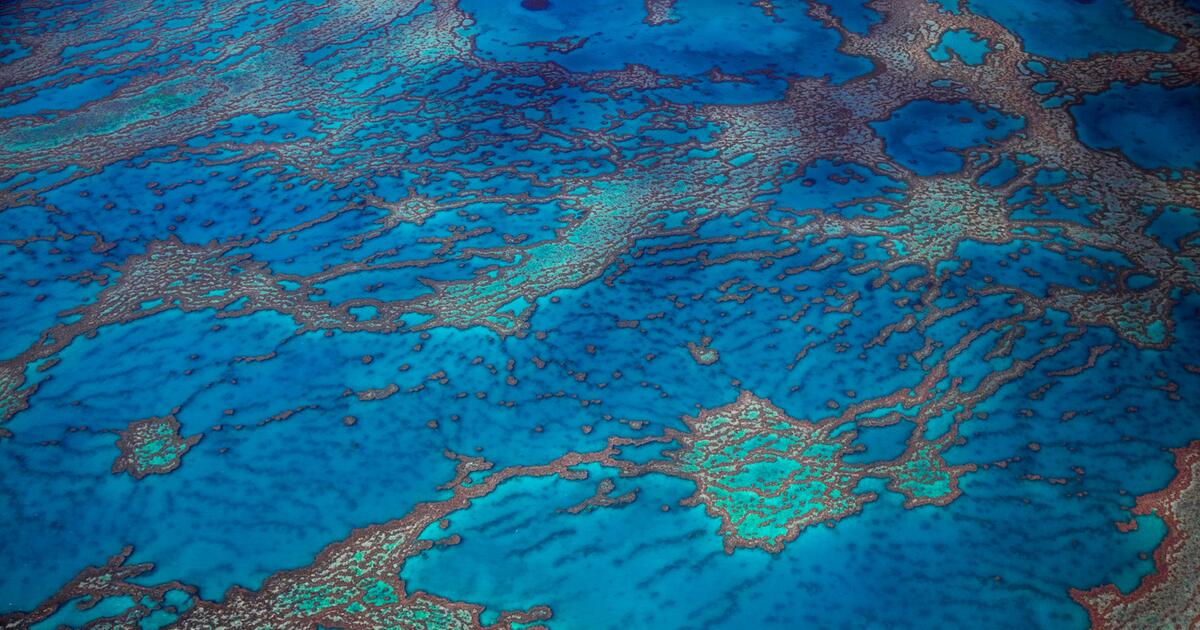Updated on 09/29/2021 at 10:38 am.
Some see geoengineering as high risk, others as a technology for climate conservation. In Australia, the first results are now available for a controversial attempt to save Earth’s largest coral reef.
The Great Barrier Reef is not working well. In fact, the reef has been around for 40 years because of that Unique plants and animals To the UNESCO World Natural Heritage. But climate change and that with it Accompanying the rising sea temperature Corals have been bleaching for years.
Its population has decreased by 50 percent, and in the waters of many of the reefs numbering about 2,500 individuals, not much of the former color remains.
So researchers are working on ways to protect coral reefs. A team of scientists from Southern Cross University in Lismore in the Australian state of New South Wales is relying on geoengineering.
Artificial clouds can lower water temperatures
Simply put, researchers have artificially created clouds. They reduce solar radiation at the ocean’s surface because they reflect light back into space. This eventually slows down the speed at which the water is heated and fuels coral bleaching.
For the Cloud Shine project, the first of its kind, Australians spray droplets of seawater into the sky. A type of cannon that sprays a fine mist of a converted ferry. The turbine releases microscopic water particles. They rise in the atmosphere and thicken the existing clouds. This reduces solar radiation to the world’s largest coral reef ecosystem.
The water droplets evaporate, leaving tiny salt crystals rising into the atmosphere, causing water vapor to condense around and form clouds, according to project leader Daniel Harrison, an engineer at Southern Cross University.
“If we do this over a long period of a few weeks to months while the reef is exposed to a heat wave in the ocean, we can actually lower the water temperature in the reef,” Harrison says. However, there are still many unanswered questions. So you’re sure you can bring the particles into the clouds, but it’s not yet certain how the clouds will react.
Geoengineering technology is viewed critically
In March, the end of summer in the Southern Hemisphere, researchers made the second attempt at the project. Then the water around the reef off the northeast coast Australians The hottest coral reefs are threatened by bleaching. The data has not yet been scientifically published.
But in an article in Nature, Harrison was optimistic that the technology might perform better than computer models might suggest. According to Harrison, analyzes of preliminary data showed that reducing light over coral reefs by six percent in summer would reduce bleaching stress on the subsea ecosystem by 50 to 60 percent.
In principle, many see geoengineering technology as environmentally and ethically critical. In some approaches, very high investment or energy costs are criticized. Even environmentalists protested the Australian project. Some overseas researchers have also expressed concern that the Australian group has published so little about its work.
Technology does not work in the long term
For some, the risks of potential side effects from major interventions in nature seem too great with technologies that affect solar radiation, such as “solar radiation management” (SRM), which also includes current research. Geoengineering can also cause people to stop fighting global warming and rely on the possibilities of technology.
Harrison asserts that the technology can only be applied locally and does not work in the long term. According to the researchers, the effect of artificial clouds will decrease over time. reason, Measures against climate change To stop and not further reduce carbon dioxide emissions, the system is not.
© DER SPIEGEL

“Alcohol buff. Troublemaker. Introvert. Student. Social media lover. Web ninja. Bacon fan. Reader.”







More Stories
This is how our brain chooses what information it will remember in the long term
Up to 100 pilot whales stranded in Western Australia – Science
Huge radiation explosion from a magnetar – forschung.de